Questions & Answers
Safety - Excellence - Honor
Update: Judges' Q&A has now closed; no further questions will be posted between now and the competition.

Q - In the faulted cable event the rule states (you must remove the hot line clamp before transferring over the neutral) if you don't transfer over the neutral can you keep the hot line clamp attached to the primary?
A - You must remove the hot line clamp.
Q - Do you have to take the shotgun stick off the hotline clamp after removing it from the stirrup, or can you leave it hanging?
A - See General Rules, two point deductions #35
Q - Can you post pictures of the hot line clamps and stirrups being used, and what diameter, type, and length of the jumper wire.
A – Please refer to the event spec for wire and lengths.

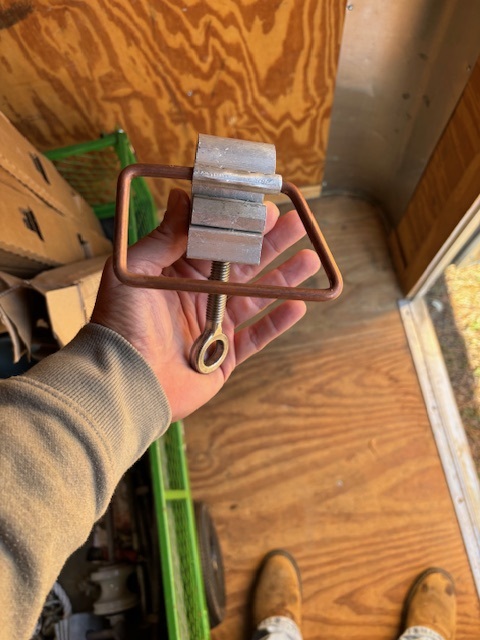
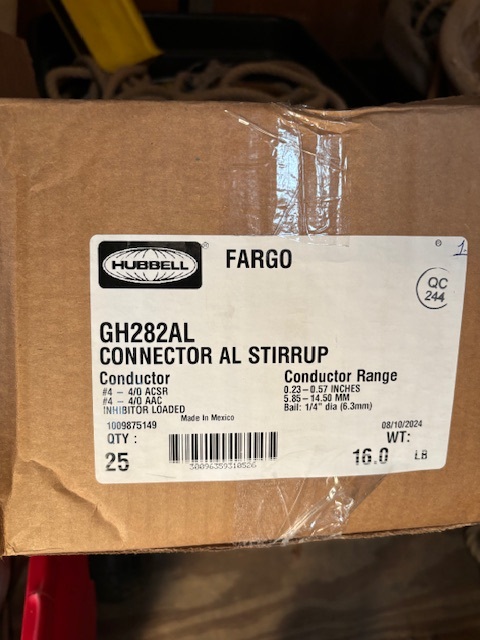
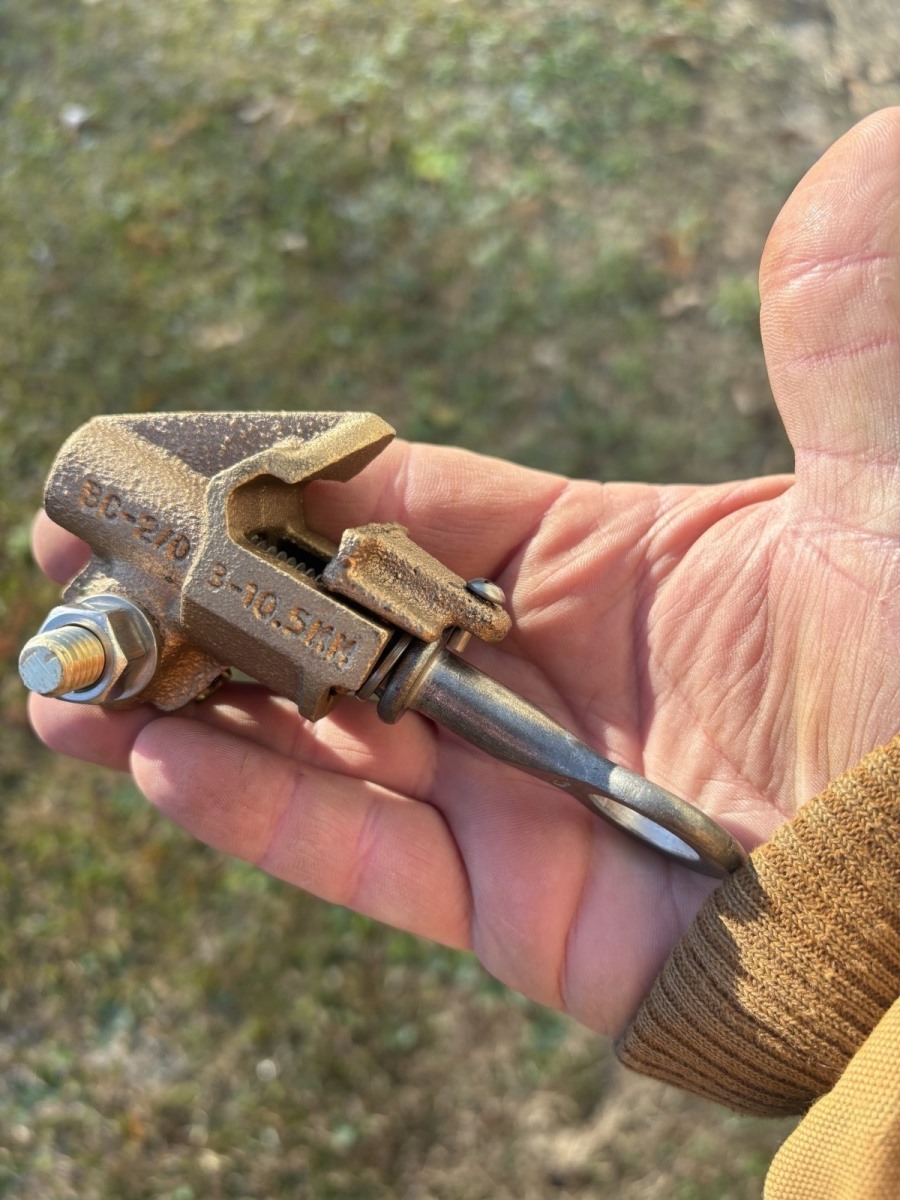
Q - Will there be tape marking where the stirrup needs to be?
A - No
Q - Is there a certain sequence we have to do for the phase change event?
A - No
Q- Does it matter which way the stirrup's face?
A- No
Q - On the phase change apprentice event, must the hot line clamps be removed before brushing the stirrups?
A - Yes, the clamps must be removed before brushing.
A - The event Summary states in the last line of the paragraph, " Time will stop when apprentice returns to the ground and has made up the handline."
Q - Specs show #2 aaac for wire and preform but descriptions says 1/0. Which will it be on rodeo day?
A - The conductor will be 1/0 AAAC.
Q - On the cross arm 35kv insulator change out, the event is dead and grounded, will we be allowed to compete in leather gloves, also do we need a full handline on this event?
A – This is a “Dead and Grounded” event. A complete handline is required.
Q - In all apprentice events do we have to hang your handline while transferring or only in your working position?
A – See General Rules, two point deductions #12
Q - When hanging handline, can you hang it on the neutral or other equipment

1. Can you untap the arrestor by hand?
Proper energized work techniques must be used according to the 17th Edition APPA Safe Work Practice Manual.
Q - Will the arrestor have a ground wire on bottom side? What type of stirrup will be used(squeeze on style or stirrup with hotline clamp)?
A – Yes and the ground wire will only be stapled to the bottom side of the crossarm, no pole ground. The terminals on the arrestors will be a 3/8 nut, 9/16 wrench is needed. HLCS pictured below.
All nuts will be 9/16 wrench

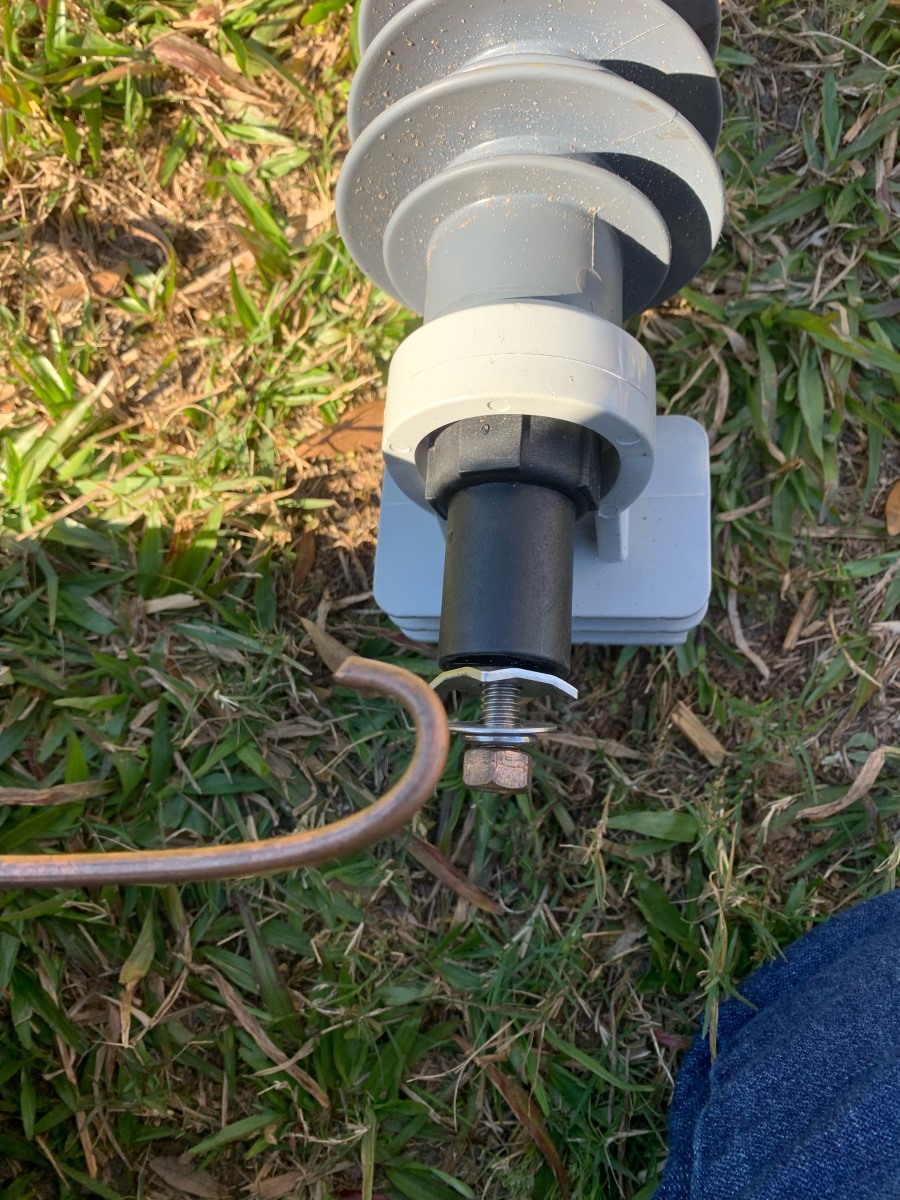
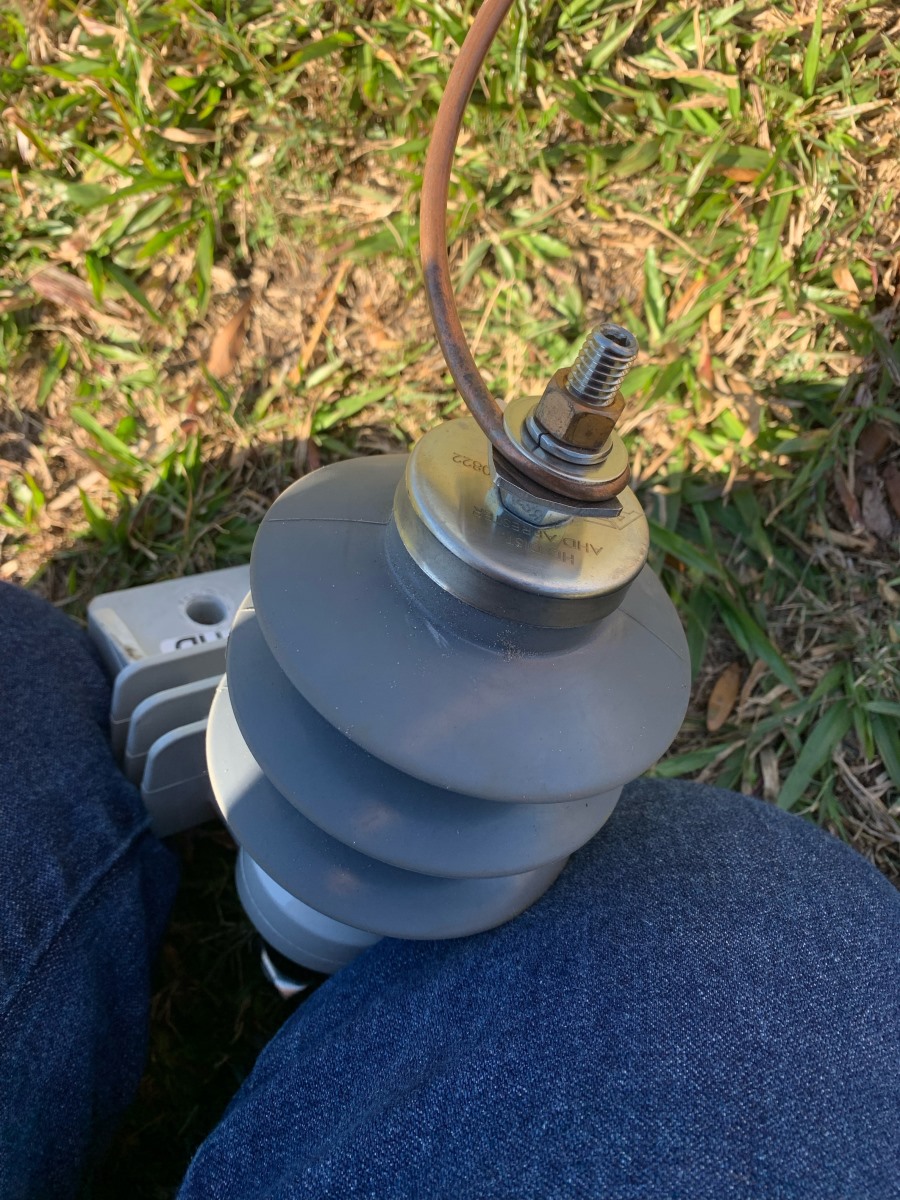
Q - Do you need to cover the phase once it’s in the layout arm while you change out the insulator as long as you don’t overreach your gloves or make incidental contact.
A – M.A.D. must be obtained at all times to energized potentials.
Q - Do you need to cover the phase wile changing out the arrester if you don’t overreach your gloves or make incidental contact with the phase.
A – M.A.D. must be obtained at all times to energized potentials.
A - You must follow the APPA safety manual for energized 4kV work and maintain the event specifications.
Event Spec Sheet Revisions
-
The second bullet under “Event Supplied Materials” has been updated to read (2) 40” pieces instead of (2) 30” pieces.
-
Can you install a baker board or ground the wire and put it on by hand?
No, you cannot use a baker board or ground the wire. Per the event specs you must use 2 wire tongs to move the wire in and out, and you must use hot sticks to open the roller, install the rod and tie it in on the insulator. The only time you can put your hands on the wire is when the event time has stopped, and you are putting the event back to make ready for the next team.
-
Q - What is the voltage that we are basing our MAD on?
A - The voltage is based off it being previously energized at 7200V.
- Q - Regarding the armor rod install this be done with our class 2 gloves, correct?
A - Your P.P.E. must meet the requirements for working the voltage class of the event. This event is being simulated as a single phase 7200/12470 circuit.
Q - In the armor rod event it states that you must use 2 wire tongs! Does that mean you must also use 2 saddles/crabs. Or is just the wire tong poles controlled by lineman sufficient to move the wire from the dolly to the insulator?
A - You must use 2 wire tongs and 2 saddles/crabs to control the wire while being moved. Also, even though sticks are being used Class 2 rubber gloves must be worn and utilized for the event.
Q - In the armor rod install this be done with our class 2 gloves with hot stick or with out stick?
A – Class 2 rubber gloves and hot sticks are required.
Q: How will the new wire be laid out? On a reel, stretched out, or a hand coil? Can we roll it out in 5 minute setup time?
A: On a reel, yes, it can be rolled out in the set up time.
Correction: The phrase “at or” has been removed from line #17 of the “Event Specifications” section, specifically after the words “…must be below…”.
Q - Can we headache the old wire when you remove it from the shoe, at pole location #2. (Deadend pole)
A - No, you can not headache the old wire down.
Correction:
The second sentence under the “Event Summary” section has been updated as follows:
Original:
“The primary conductor will be broken midspan, with both ends lying on the ground.”
Revised:
“The primary conductor will be broken midspan. Only the line side of the conductor will lie on the ground. The dead-end pole will have only the polybell and shoe in place.”
Q - Do we have to use a crossarm extension arm at all during the event if two points of control are kept the entire time while we untie and replace insulator?
A - Yes, you must use a crossarm extension arm to rest the conductor in temporarily.
Here is the old spec that was removed:
“For all work on the structure(s), the conductor must be either equal-potential grounded or worked as de-energized with rubber gloves, keeping conductor and conductor potential off the body.”
A - No more than 6 - 8 inches of tail will be acceptable.
138kV Vibration Damper Relocation
Update: Team members who will be climbing will need to provide their full body personal fall protection harness along with a 6’ safety lanyard to compete in this event.
 Enter your email address in the
Enter your email address in the 
